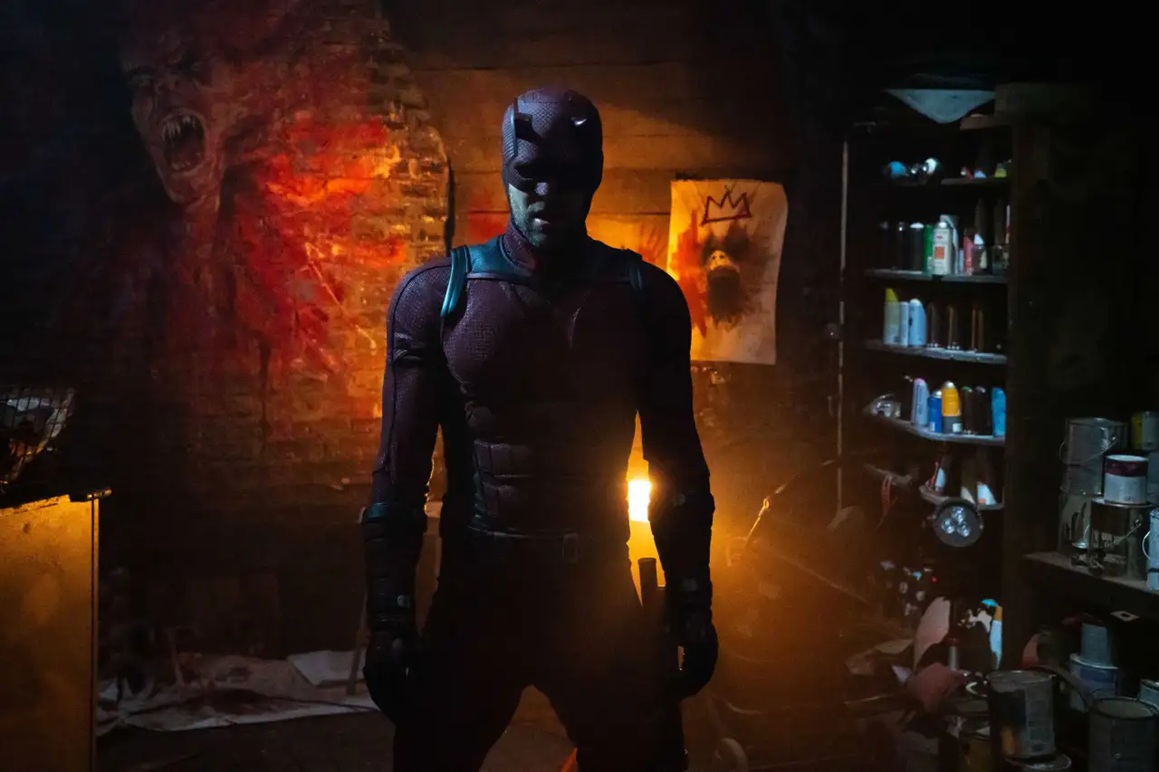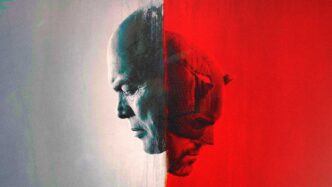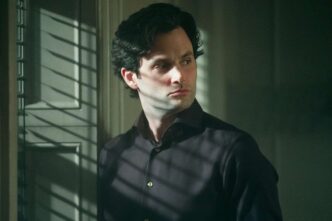Summary
Daredevil: Born Again struggles under the weight of expectations, shifting unevenly between lighthearted adventure and brutal crime drama. Strong returning characters and intense action shine, but underdeveloped newcomers and jarring tone shifts weaken the overall experience.
Overall
-
Plot
-
Narrative
-
Acting
-
Characterization
-
Action
-
Direction
-
Pacing
Daredevil: Born Again bears a heavy burden. It’s not just a follow-up to the critically acclaimed Daredevil series, but also the first Daredevil-focused project in the main MCU. As a reintroduction to a beloved character, the show is fully aware of the expectations placed upon it. While there are moments of success, it often falters under the pressure of its own identity. Our review of Daredevil: Born Again season 1 examines how effectively it reintroduces the character and his mythos to a new audience.
The show constantly shifts between tones and plotlines, creating the feel of two shows in one. It seems torn between being its own entity and meeting long-time fans’ expectations. At times, it embraces the lighthearted adventure of a comic-book show, while other moments take a darker turn into brutal crime drama. This balancing act leaves both sides feeling incomplete. The darker tones rarely reach the brooding intensity of the Netflix series, while the lighter scenes feel jarring.
This dichotomy is evident in episodes 5 and 6. Episode 5 features Matt stopping a group of charismatic bank robbers from stealing a giant gem—a classic superhero plot with quips, goofy sound effects, and a forced MCU cameo. It’s almost entirely disconnected from the main story. In episode 6, Matt pursues and beats a deranged serial killer. These episodes, when viewed back-to-back, left me unsure of the show’s direction. They not only disrupt the momentum but also fail to align with the sharp storytelling expected from the series.
The character work in Born Again is both its strength and weakness. The returning characters are treated with respect, and it’s clear the creators understand what fans want. Matt Murdock (Charlie Cox) and Wilson Fisk (Vincent D’Onofrio) are back and seem to pick up right where they left off. However, their material feels less engaging this time around. The introspective monologues of the Netflix series are gone, replaced by snappier, more direct dialogue. Some may appreciate the faster pacing, but I missed Matt’s long speeches on religion and morality.

Bullseye (Wilson Bethel) and Punisher (Jon Bernthal) are standout characters, showcasing the writers’ understanding of their roles. However, Punisher’s inclusion feels more like a cameo than an essential part of the plot, despite his iconic status. The absence of Karen Page (Deborah Ann Woll) and Foggy Nelson (Elden Henson) for much of the series is a major disappointment. These two were the heart of the original series, and their absence is deeply felt.
The new characters don’t quite fill the void left by the original cast. Most of them are bland, offering little in terms of chemistry or meaningful arcs. They mostly exist to advance the plot until something more interesting happens. Matt’s new allies, love interests, and even the serial killer-supervillain Muse (Hunter Doohan) are underdeveloped and feel inconsequential. I had high hopes for Muse, having read his original storyline, but he turned out to be a generic villain with a half-baked backstory.
On Fisk’s side of the story, the side characters are more compelling, especially Michael Gandolfini’s Daniel Blake. Though his character fits the familiar mold of a young man sliding into darkness, Gandolfini plays him with sincerity, making him a character you want to root for. His interactions with other characters are tense, setting him up as a potential future villain.
The show excels in one area: its action sequences. Though there is occasional overuse of CGI and slow motion, the action is thrilling to watch. The fight choreography is brutal and beautifully executed, showing a deep understanding of how each character should fight. Every time Matt dons the suit (which takes a while), you know you’re in for a treat.
The direction and cinematography are serviceable, though the show moves away from the dark, neo-noir style of the original. A new addition is the random vignettes of NYC civilians commenting on various events. While charming, they often feel like interruptions, especially since the show already does a great job of establishing New York’s atmosphere. These segments tell more than they show.

There are a few moments of brilliance, like the portrayal of Daredevil’s super hearing, which makes you feel like you’re looking at a comic-book panel come to life. Another notable visual is the shift in color grading and music to highlight Bullseye’s growing insanity—simple but effective for portraying one of Marvel’s most deranged villains.
If our review of Daredevil: Born Again season 1 seems overly negative, it’s because the show has too many flaws to overlook, especially when compared to a near-perfect predecessor. However, that doesn’t mean the show lacks merit. There’s a lot to enjoy, especially for fans, and it’s clear that there’s genuine passion behind it. Unfortunately, this passion is often undermined by poor decisions and production issues.
Despite its flaws, Daredevil: Born Again is worth watching, particularly for long-time fans. The final episodes find their footing, leaving hope for a more focused and bolder second season.







